_____
Ask just about any jazz musician, scholar or fan for a list of the greatest jazz albums ever recorded, and John Coltrane’s A Love Supreme — recorded 50 years ago today — resides on it. My own first experience with it was in 1975, on a late evening in a dark, smoke-filled, back alley cottage on North Oakland’s Alcatraz Avenue. My listening was guided by a dear friend who understood that this was not just music — it is what happens when musical genius meets intensity, sensitivity, and spirituality. So many details of that evening remain with me 40 years later, not the least of which was how I sunk into the couch, eyes closed, the worn Impulse album jacket never leaving my grip. I was amazed and I was hooked.
Over the years, I have found that a favorite discussion among jazz fans is their recollections of their first experience with this album. When I began developing content for Jerry Jazz Musician, one of the first ideas I had was to interview people who were either 1) part of the A Love Supreme recording itself, 2) as a musician, impacted by its brilliance, or 3) had an informed opinion about it. Thus, I set out on a mission over several years’ time that ultimately resulted in a series called “The A Love Supreme Interviews,” featuring conversations with prominent figures, including musicians McCoy Tyner and Joshua Redman, biographer Ashley Kahn, critics Gary Giddins, Francis Davis, Nat Hentoff and Ben Ratliff, and poet Michael Harper.
Here are some excerpts from the interviews…
* In my interview with McCoy Tyner (the pianist on the recording), he shared this memory about the recording session:
I remember that Rudy Van Gelder, who was a premiere jazz recording engineer at the time, cut the lights down, which made it more like a club atmosphere. I don’t think we even rehearsed that music. Usually John would play the music and then we would record it and see what could happen, because it usually developed. Once we started playing it, new ideas would form as far as interpretation of that particular song or group of songs, and A Love Supremewas kind of a suite. Many of the arrangements were head arrangements. There was only one horn so we were able to do that easily, and he just had things sketched out that he would want, nothing in detail, just more or less a few changes, and there you go! We had reached a point where we had that kind of high level communication between us.
* Here is what saxophonist Joshua Redman told me after I asked him what effect A Love Supreme had on him:
I think the thing that always impacted me about A Love Supreme was just the intensity and the force of the music, and the soulfullness of it. I don’t mean soulfullness in the sense of a style of music, but just the sheer passion came through, maybe from the first time I heard it. I think that is the case for most people when they hear that record, whether they ever hear another lick of jazz or not. They may not have any understanding of what’s happening musically, the incredibly deep and complex musical issues that Coltrane is tackling, but I think the conviction and the intensity and the passion and the sincerity – the honesty – you feel these qualities when you hear this record, and that’s what makes it so compelling, it’s what makes it one of the greatest jazz albums of all time.
* Nat Hentoff, the legendary jazz writer who wrote liner notes on several Coltrane albums, had this to say about where this album stands among the great recordings of jazz:
It stands among them, just as some of his others do. This was a man who was always searching, and therefore always evolving. That is why in his live performances, some of which have been recorded, he could go on for an hour and a half on one song, because he was always looking deep, trying to discover what else could be said. On A Love Supreme, he was able to reach inside himself through his music. I never asked him about this, and it may be a wrong theory, but I think some of the parts of his recordings and his live performances that were like anguished or tortured shouts, was almost therapy, a self-cleansing in a way.
Today is a great day to revisit this all-time great recording, and for accompaniment, I invite readers to visit The A Love Supreme Interviews
_____
The only surviving filmed footage of Coltrane performing A Love Supreme
The complete audio recording of A Love Supreme





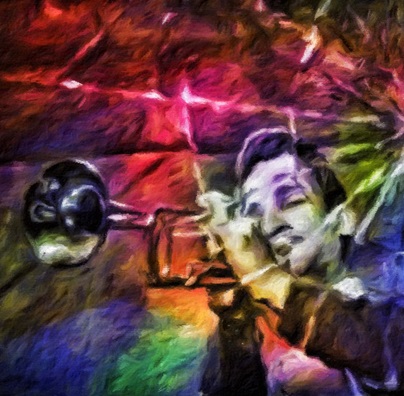
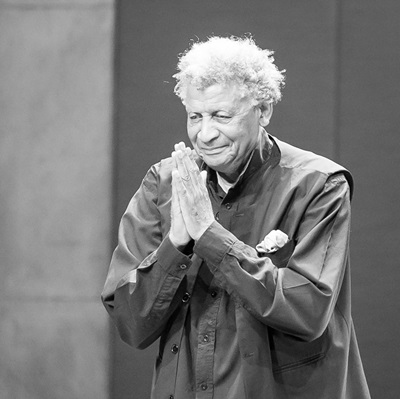
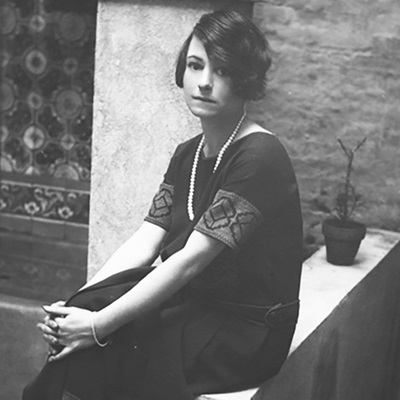
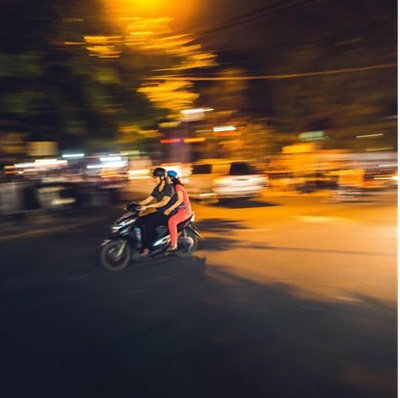

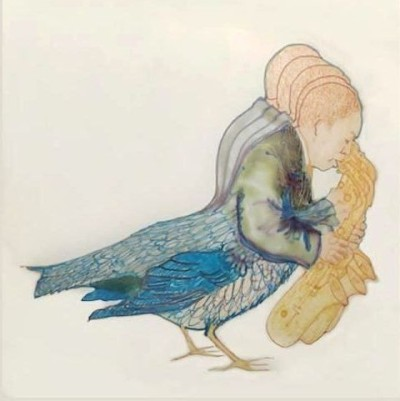
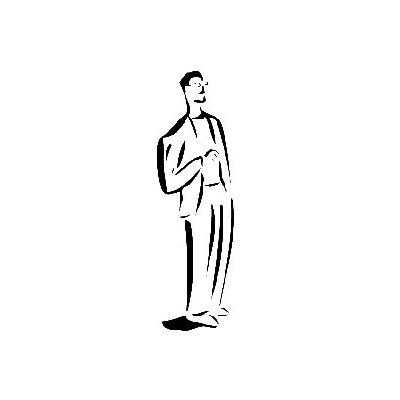
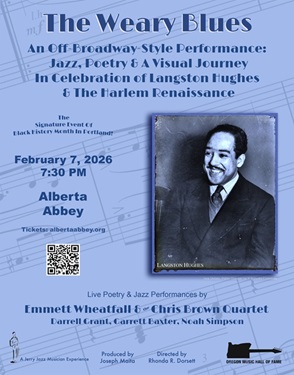

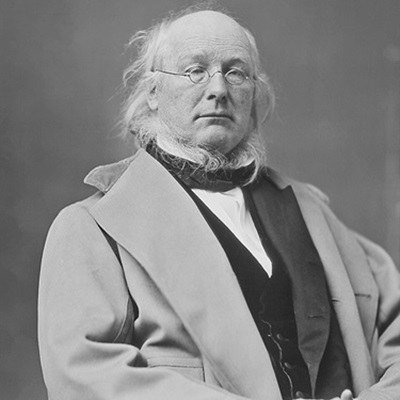
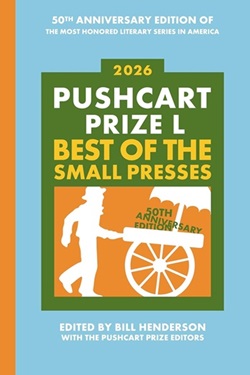

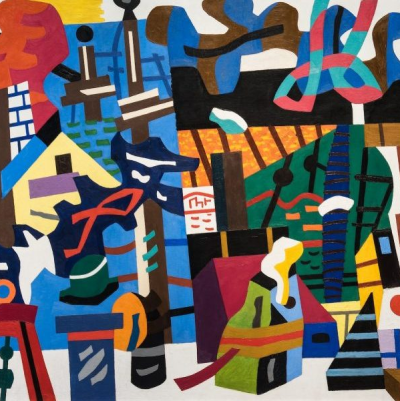
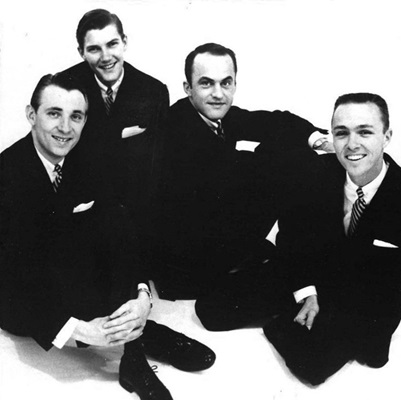

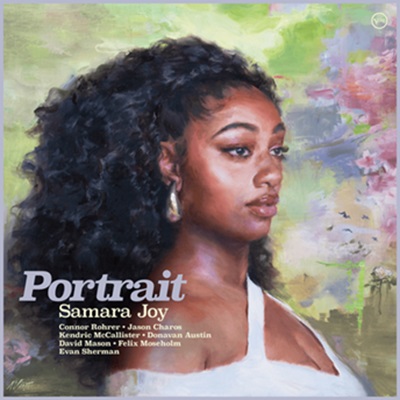




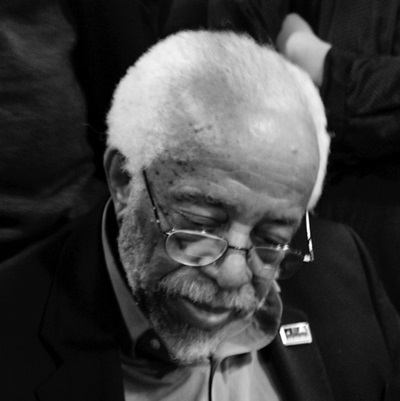


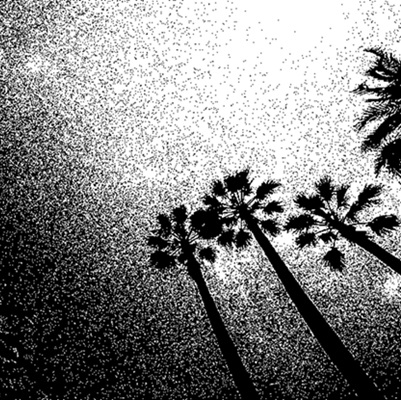
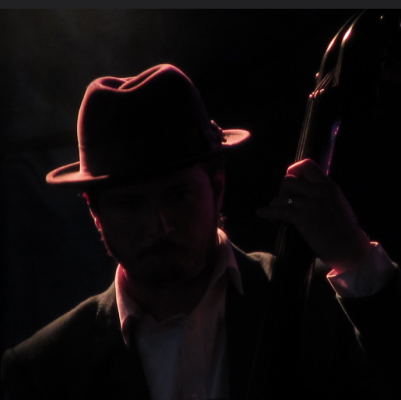














This is beyond beautiful music, this is STRONG MUSIC!
thehappydrummer, Eugene OR